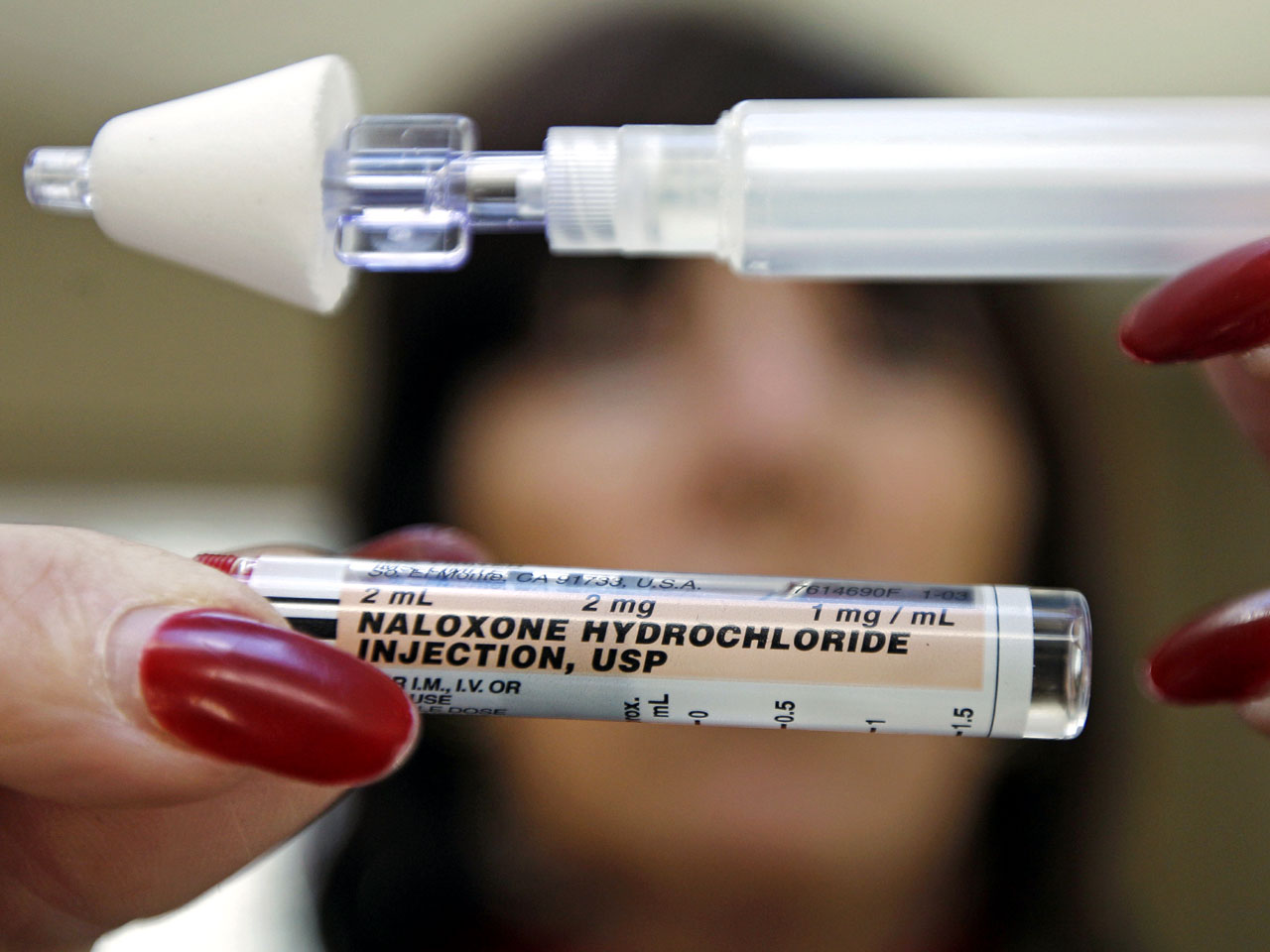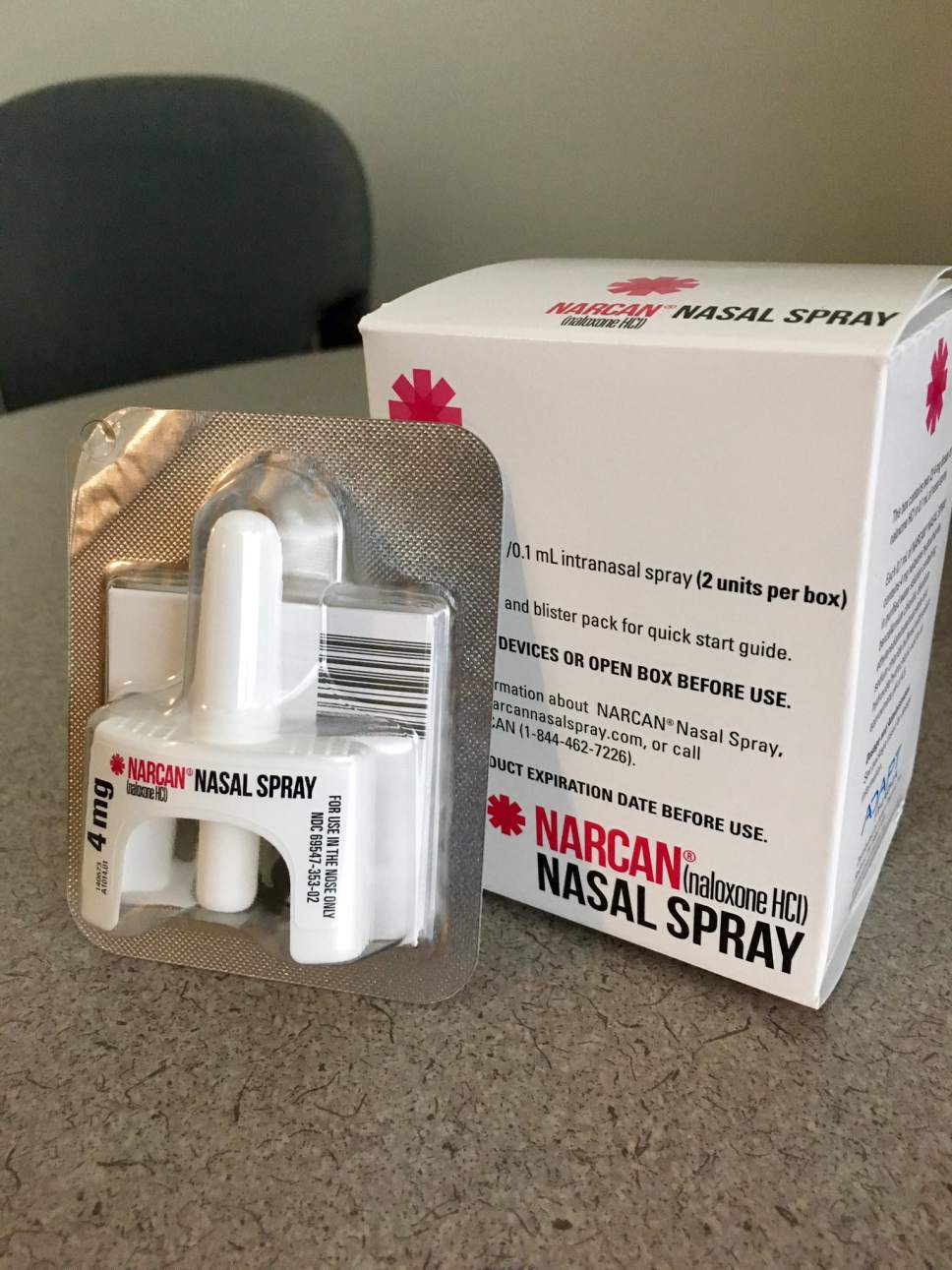

The risk of bleeding and hemorrhage is dependent on multiple variables, including the intensity of anticoagulation and patient susceptibility. A clinician should also counsel patients about the proper management of cuts, bruises, and nosebleeds. Patients should receive education about easy bleeding or bruising, which is a common adverse effect. A significant hemorrhage (e.g., intracranial hemorrhage, gastrointestinal (GI) bleed, hematemesis, intraocular bleeding, hemarthrosis) can occur at virtually any site on the body.

Serious adverse effects of warfarin include bleeding and significant hemorrhage. Time to peak (plasma concentration): approximately 4 hoursĮxcretion: Warfarin is primarily eliminated as metabolites by glomerular filtration in the kidney (92% via urine). However, it is highly variable among individuals. Patients who are homozygous for reduced function alleles (*2/*2, *2/*3, or *3/*3) may experience a nearly 70% reduction in clearing S-warfarin.Įlimination Half-life: The half-life of warfarin is generally 20 to 60 hours (mean: 40 hours). Patients who are heterozygous for the 2C9 (*1/*2 or *1/*3) can experience an approximately 37% reduction in S-warfarin clearance. Genomic Variants: Research has shown that genetic variations in CYP2C9 affect an individual's warfarin clearance. Other minor enzymatic pathways for metabolism include CYP2C8, 2C18, 2C19, 1A2, and 3A4. Metabolism: Hepatic metabolism, primarily through the CYP2C9 enzyme. However, the patient's international normalized ratio (INR) may increase within 36 to 72 hours after initiating treatment.ĭistribution: Small volume of distribution (0.14 L/kg) A peak therapeutic effect is seen 5 to 7 days after initiation. The onset of action: The onset of action is typically 24 to 72 hours. Each enantiomer gets metabolized through unique pathways, and the S-enantiomer is approximately three to five times more potent than the R-enantiomer.Ībsorption: Rapid and complete absorption ĭrug Composition: Warfarin is a racemic mixture composed of R and S enantiomers of the drug. Patient-specific factors such as drug metabolism, the presence of a vitamin K enriched diet, genetics, quantity of vitamin K-dependent clotting factors, concurrent disease states, binding proteins, concomitant drug interactions, laboratory testing, and medication adherence requires assessment when dosing warfarin. The dose-response of warfarin among patients is highly variable and depends on interpatient differences.

By instructing patients to take warfarin later in the day, healthcare providers can have the opportunity to individualize a patient's warfarin dose the same day based on their most current lab values. Warfarin administration can be at any time during the day, but recommendations are for administration in the afternoon or evening. Warfarin is a once-daily oral medication.


 0 kommentar(er)
0 kommentar(er)
